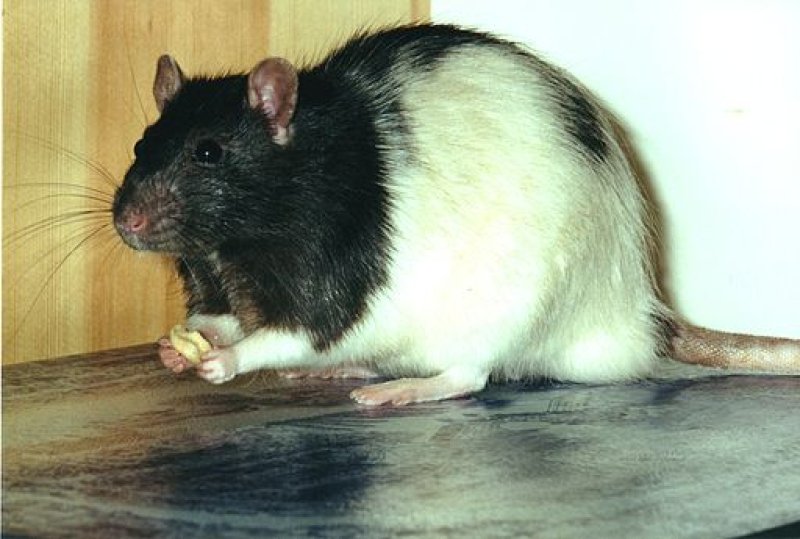The GLP aggregated and excerpted this blog/article to reflect the diversity of news, opinion and analysis.
The EU-funded GMO Risk Assessment and Communication of Evidence (GRACE) project was driven by the need to reconsider the value of rat feeding trials for the safety assessment of genetically modified (GM) plants. . .
GRACE improved the interpretation of 90-day rat feeding trials. . . An additional one-year feeding trial was also conducted.
To facilitate this, the project team utilised MON810, a genetically modified maize that has been approved for cultivation across the world, including by the EU.
. . . the team reported that they did not find any indication that a routine performance of 90-day feeding studies with whole food / feed would provide additional information on the safety of MON810 when compared to the compositional comparison of the GM variety. . .
Data gathered in the course of an additional one-year feeding trial is in accordance with the conclusions made in the 90-day trials, in essence that feeding the rats MON810 did not lead to any adverse effects.
Additionally, the data collected by GRACE showed that non-targeted feeding studies could lead to randomly generated significant differences between animals fed with the GM test material and animals fed with a controlled diet. Such results are not informative for risk assessment.
As such, GRACE data supports the scientific reasoning that feeding trials with whole food / feed may provide an added scientific value for the risk assessment of GM crops, but only in case a trigger is available from the initial molecular, compositional, phenotypic and / or agronomic analyses. . .
Due to these limitations . . . the project argues a mandatory performance in the course of GMO risk assessment cannot be justified in the light of the European goal to replace and reduce animal tests.
Read full, original post: New insights on the safety of GM organisms































